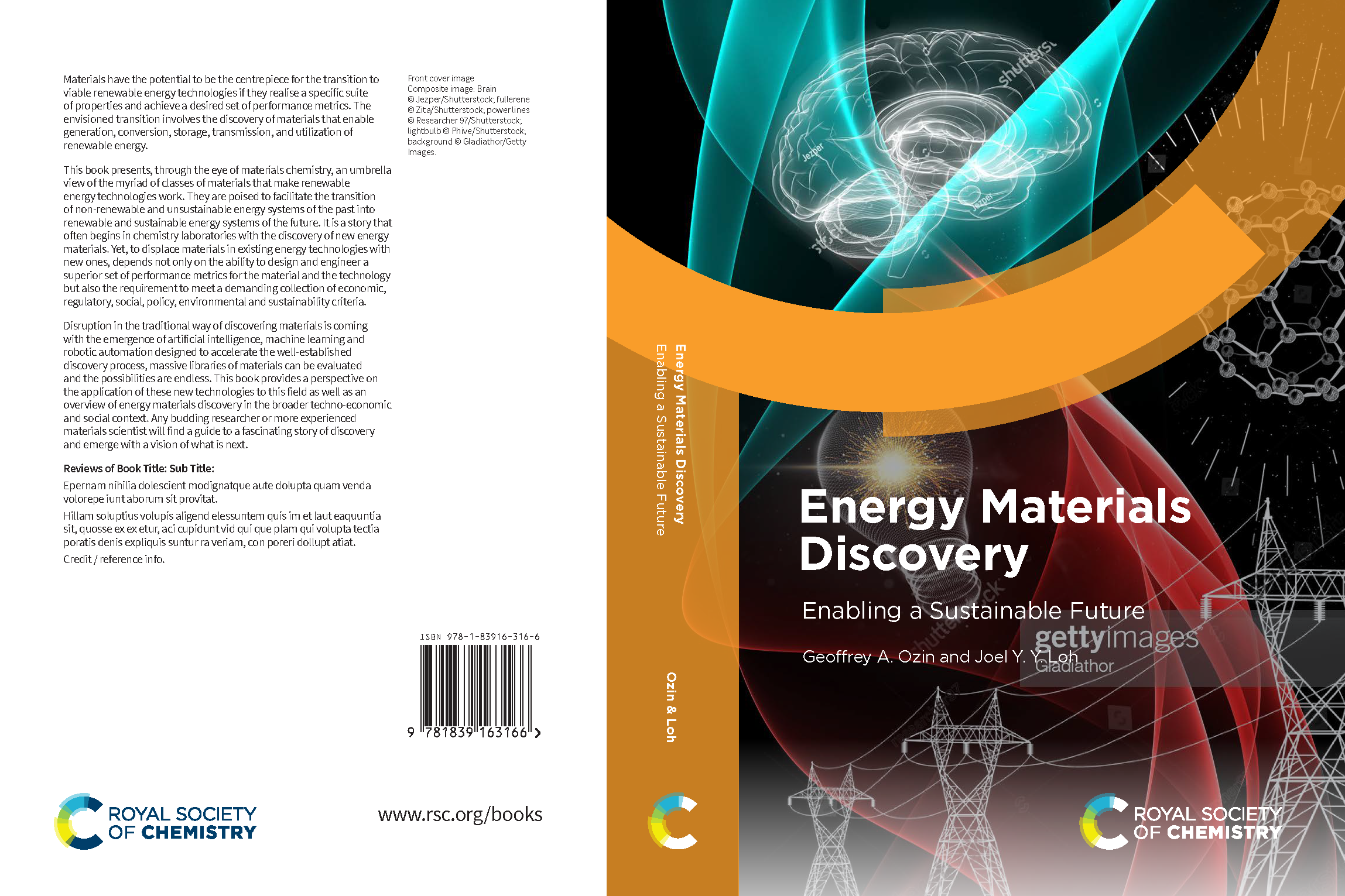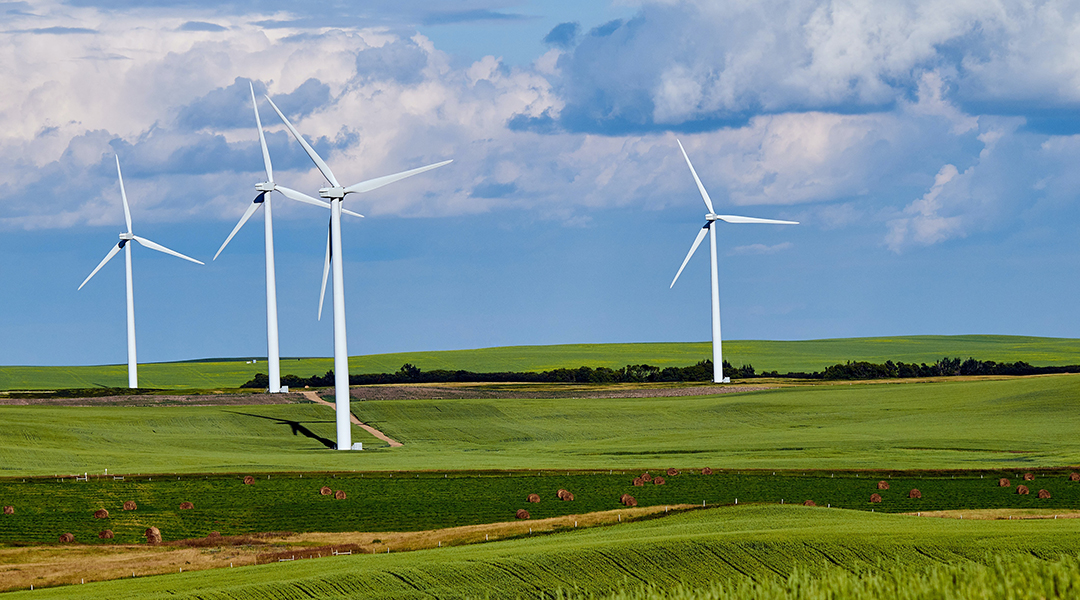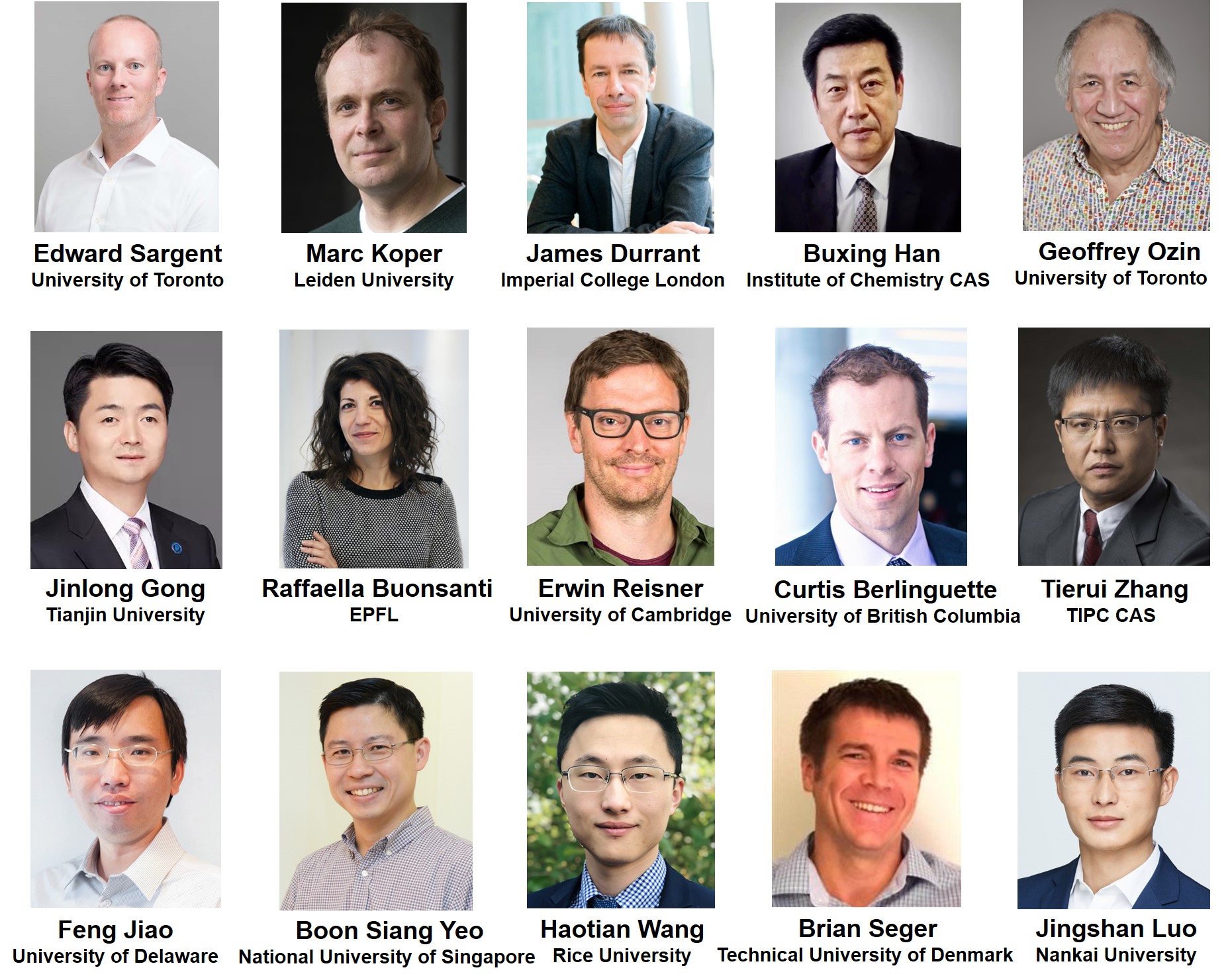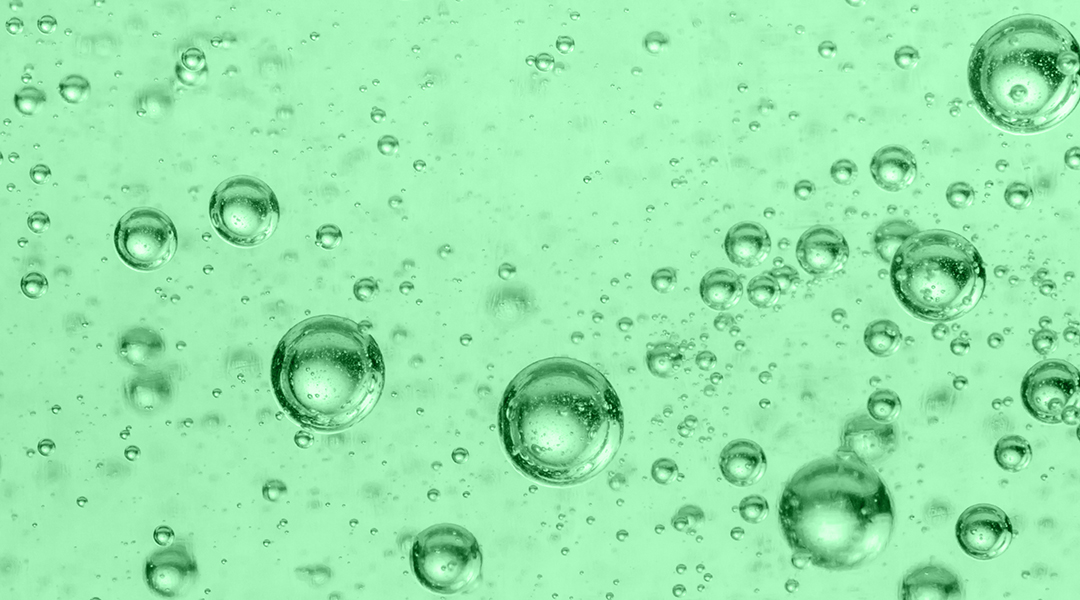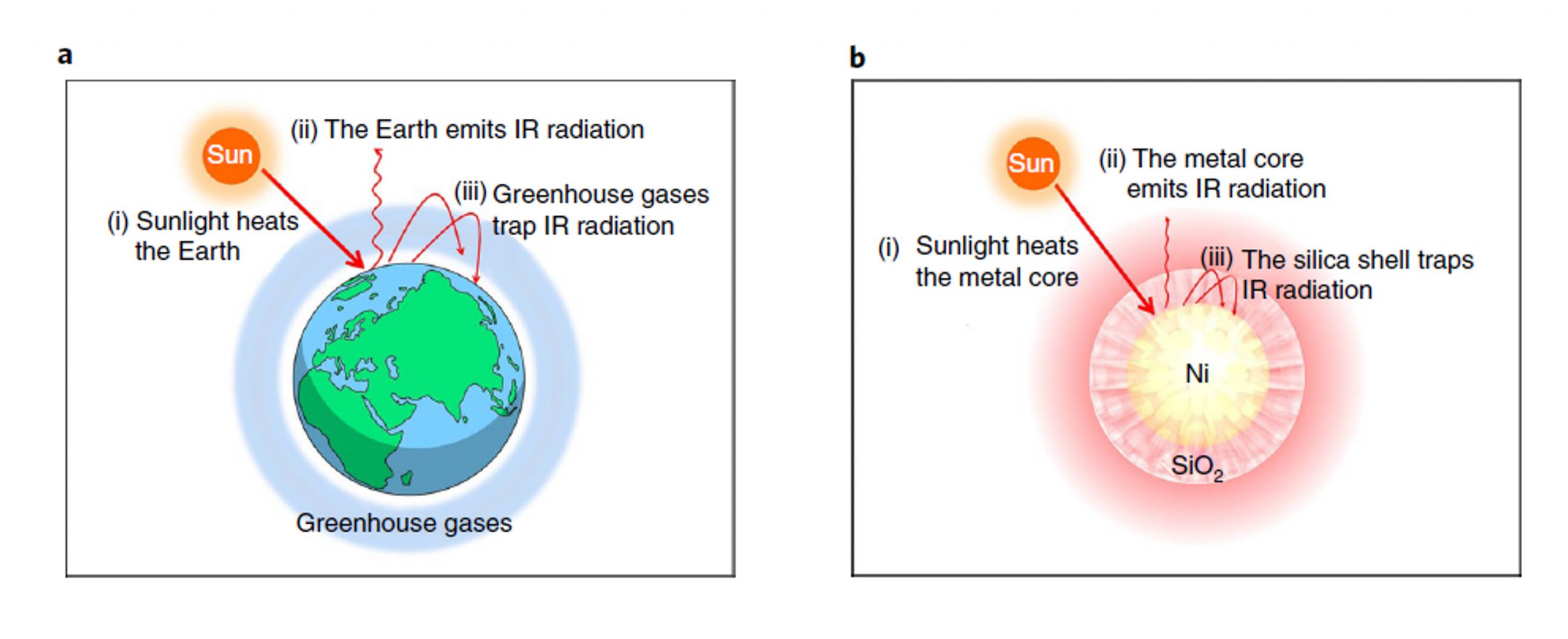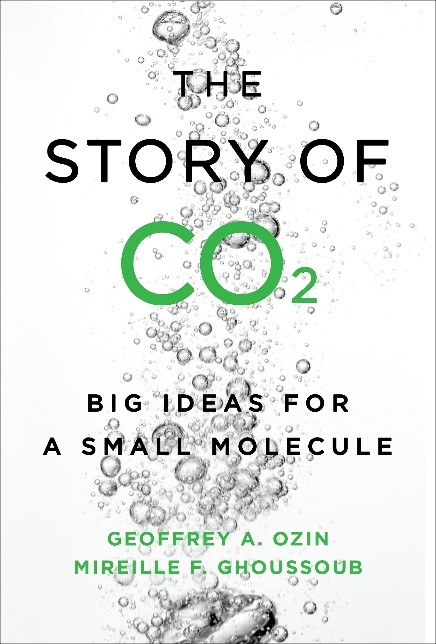90% of our commodity chemicals and fuels are made from thermocatalysis industries driven by heat or grid power. In the context of carbon-neutral society, sunlight-driven photocatalysis is an ideal alternative to thermocatalysis especially for CO2 and H2O utilization. However, how to scale the lab-scale photocatalysis into real industry remains uncertain. To amplify, the efficiency of photocatalysis not only rely on the temperature related reaction rates but also the utilization of charge carriers, which requires simultaneous optimization of quantum yield and light transport. The challenges lie in photocatalyst and photoreactor engineering to use every incident photon reaching every catalytic site while minimizing parasitic absorption, reflection, scattering, transmission, and thermal conductive, convective, and radiative losses. See full story at Advanced Science News.
-
Recent Posts
- Congratulations to Geoff’s solar ethene and hydrogen paper on Matter
- Congratulations to Geoff’s heterogeneous catalysis paper on Matter
- Congratulations to Geoff’s birthday paper of CO2 photocatalysis on Matter
- Could modified train cars capture carbon from the air? This team has a plan to make it happen
- Sand batteries that are dirt cheap
Recent Comments
Categories
Header Courtesy of Digital Westex


